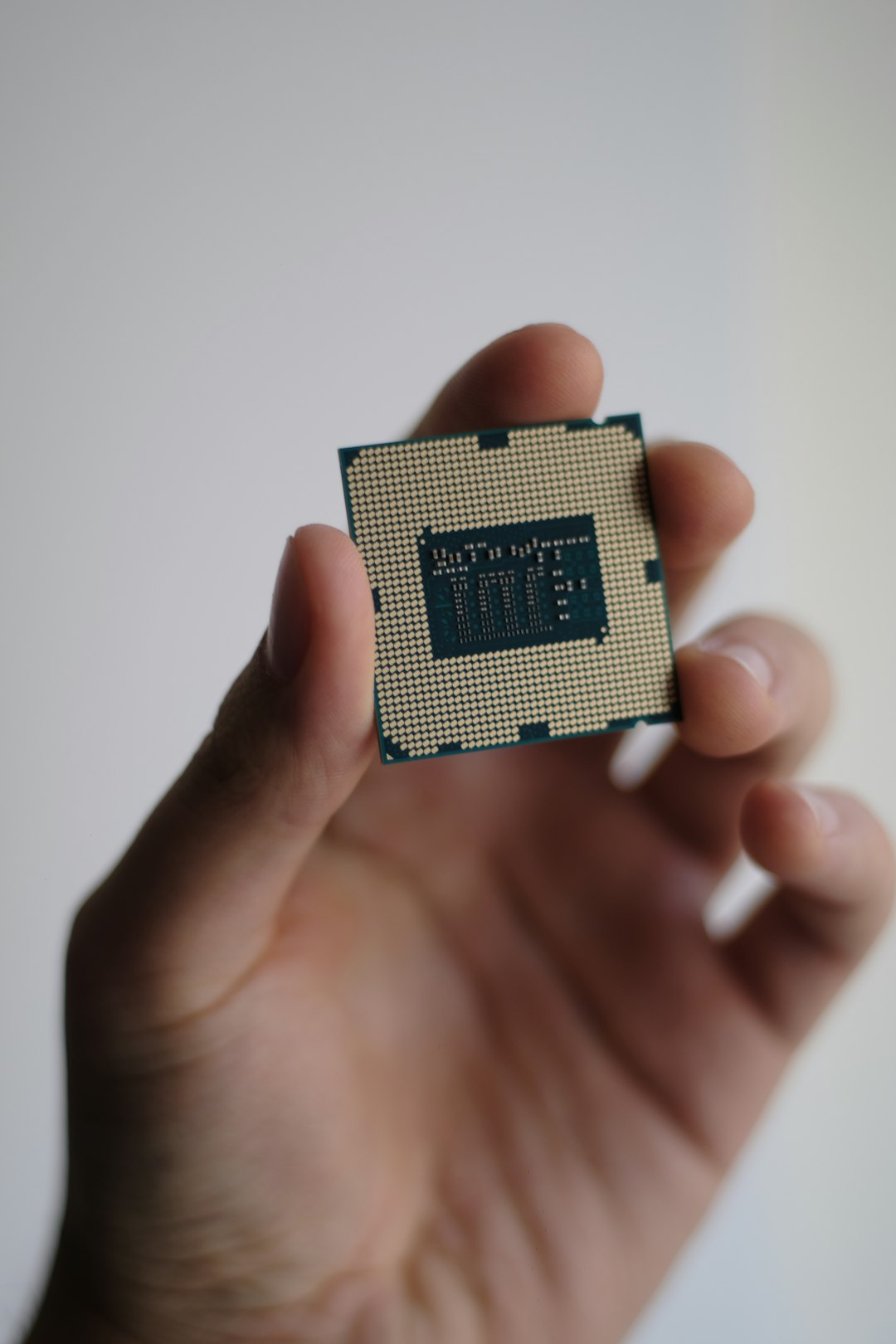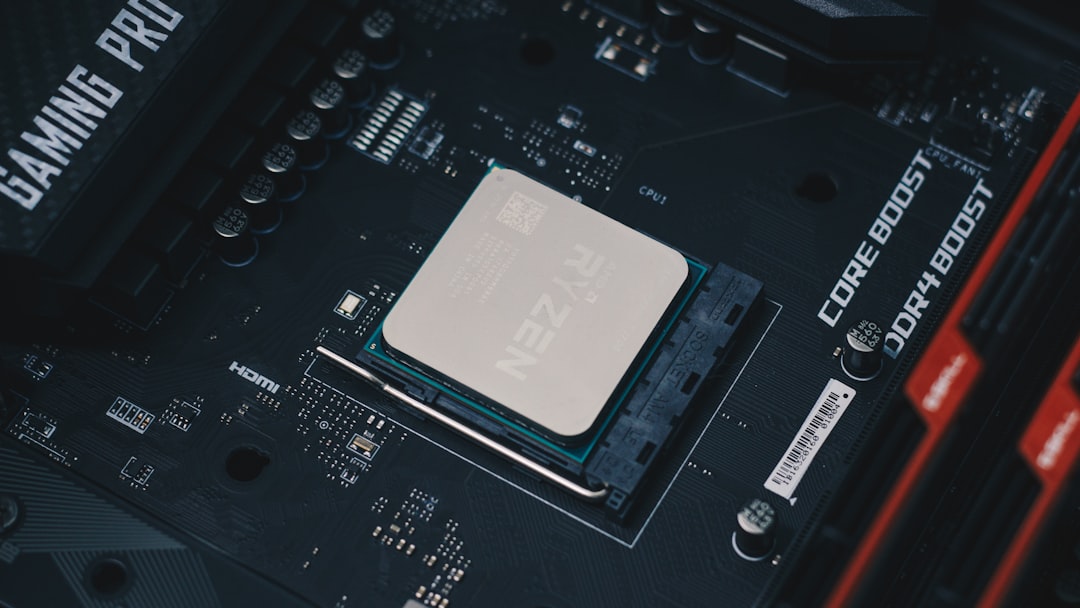Intel Security Assist is a lesser-known component that quietly runs in the background on many computers equipped with Intel-based hardware. Despite its discreet presence, many users encounter it when checking task managers or system processes, prompting questions about its purpose, functionality, and whether it should be disabled.
What Is Intel Security Assist?
Intel Security Assist is a system process that comes bundled with Intel chipsets, most commonly appearing on systems that feature Intel Active Management Technology (AMT). It is part of the Intel Management Engine—a platform embedded into many Intel boards designed to enhance network security, remote system access, and performance for enterprise environments.
Specifically, Intel Security Assist is intended to provide support for secure communication between your PC’s hardware and applications that rely on AMT-enabled features. This means it can be used to manage business systems remotely, even when the machines are turned off, as long as they are connected to a power source and network.

Why Is It on My Computer?
If you’re not part of an organization that uses enterprise-level IT support, you’re likely wondering why Intel Security Assist is running on your personal machine in the first place. Many PC manufacturers install the full Intel chipset driver packages by default, which automatically includes Security Assist. Though the feature is mainly targeted toward corporate environments, it ends up in many consumer systems as well.
That said, most home users will never need its remote management features, and its functions remain dormant unless triggered by the appropriate infrastructure.
Should You Disable Intel Security Assist?
The decision to disable Intel Security Assist depends largely on your use case.
- For corporate users: If you are in a business environment that takes advantage of Intel’s AMT remote management features, then Intel Security Assist is a valuable component and should be left enabled.
- For home users: If you’re not using any remote management tools or enterprise-level software, it’s safe to disable it without adverse effects.
Disabling Intel Security Assist can actually improve boot time slightly and reduce background activity on Windows, particularly if you are optimizing your system for speed and minimal resource usage.
Is It Safe to Remove or Disable?
Yes, in the vast majority of cases, it is safe to remove or disable Intel Security Assist. Doing so won’t affect system performance or hardware functionalities that average users rely on. However, if you are unsure about your IT policies in a workplace setting, it’s best to consult your IT department first.

How to Disable Intel Security Assist
If you’re ready to remove or disable Intel Security Assist, there are a couple of straightforward methods:
- Uninstall via Control Panel:
- Go to Control Panel > Programs and Features
- Find Intel Security Assist in the list
- Click Uninstall
- Disable from Startup:
- Right-click on the Taskbar and open Task Manager
- Go to the Startup tab
- Find Intel Security Assist and click Disable
Either method effectively prevents the process from running automatically. For users who like to keep their systems streamlined, uninstalling is often the preferred option.
Conclusion
Intel Security Assist is one of those hidden processes that most users never interact with but may question once discovered. For enterprise systems, it offers helpful functionality tied to remote access and system management. For typical consumers, however, it is largely unnecessary and can be safely removed or disabled to minimalize background processes and reduce potential security concerns.

FAQ
- Q: Is Intel Security Assist a virus?
A: No, it is not a virus. It is a legitimate Intel process included with chipset drivers, but you can safely disable it if unneeded. - Q: Can disabling it harm my computer?
A: No, disabling Intel Security Assist generally won’t cause any system issues, especially on personal or non-enterprise machines. - Q: Do I need it for gaming?
A: No, Intel Security Assist plays no role in gaming performance or hardware optimization. - Q: Will removing it improve my performance?
A: You might notice marginal improvement in startup times and background resource use, but the changes are typically minimal. - Q: How do I know if it’s running?
A: Open Task Manager, go to the Processes tab, and look for Intel Security Assist among the listed background processes.
